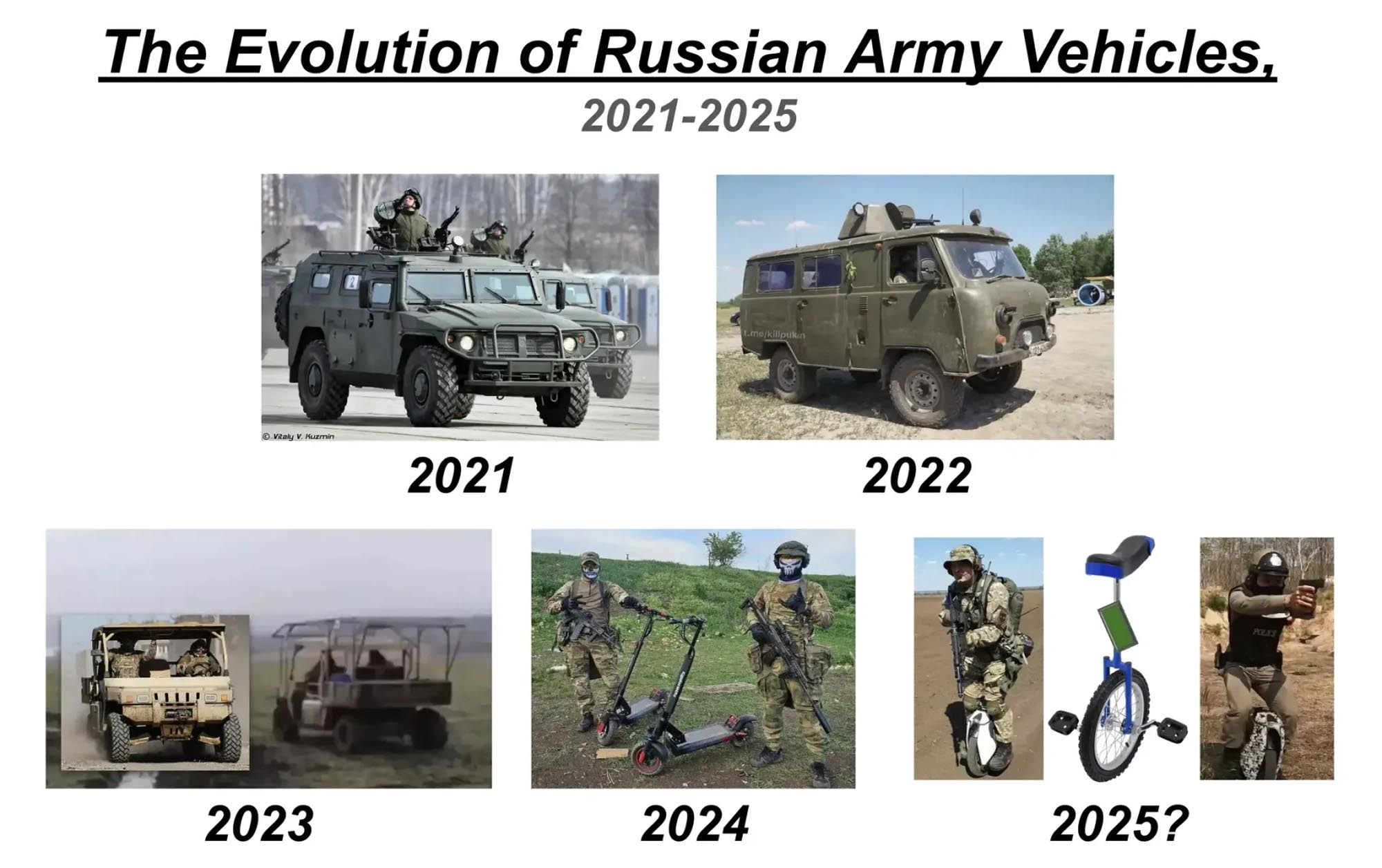

I agree with all of this. At the same time, I think that, in most cases, people should allow their body to adapt to heat, if they are healthy enough to do so. Most people can learn to be comfortable in higher heat than they believe, although some people have medical conditions that will make them more susceptible to heat exhaustion and heat stroke. If you can get by without it, you should. If you’re at risk by not using it, don’t feel guilty.
(FWIW, my office only has a/c because I have a very, very large printer in here, and it tends to have head strikes and scrap prints out if there’s no climate control. But since I’m not printing at the moment, the current temp in here is 82F.)



Cheapskate parents, actually. Most parents get their kids a BALCS carrier with level III soft inserts, some ESAPI plates, and a level III or IIIa helmet. But some parents cheap out and just get their kid a backpack and split a set of plates between kids.